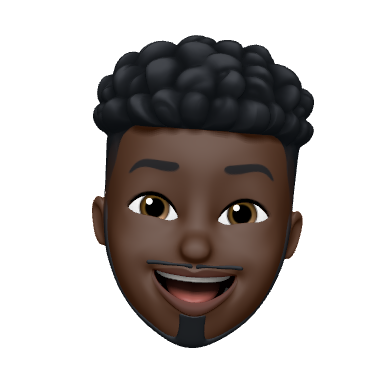“BE CREATIVE.”
It’s a phrase that gets tossed around in meetings, brainstorms, and job descriptions. Today, creativity is everywhere. Marketers use it. Engineers use it. Even finance teams call themselves creative when they find clever solutions to problems.
But does creativity mean the same thing to everyone?
How Creatives See Creativity
For designers, artists, architects, writers, and other creative professionals, creativity isn’t just about having ideas. It’s about craft.
Creativity means taking an idea and shaping it into something real - a design, a product, an experience. It involves skill, discipline, and years of practice. Professionals sketch, iterate, test, refine, and polish until the work not only looks good, but works in the real world.
For creatives, it’s equal parts imagination and execution. It’s the ability to see what doesn’t exist yet and then build it.
How Non-Creatives See Creativity
For professionals outside the creative industries, creativity often means something else: fresh thinking.
It’s about approaching problems differently, finding unexpected connections, or brainstorming new approaches. In this sense, everyone can be creative. You don’t need to be a designer to come up with a clever workaround or a new business strategy.
And that’s valuable; creativity in this broader sense pushes teams and industries forward.
Where the Lines Blur
Here’s where things get tricky: because “creativity” has become such a universal term, it can sometimes blur the value of trained creatives. If everyone is “creative,” why hire a designer, an architect, or a UI/UX specialist?
The distinction is clear: while everyone can think creatively, not everyone can do creative work at a professional level. Just as having an idea for a house doesn’t make you an architect, or writing a clever sentence doesn’t make you an author, using creativity in business doesn’t replace the craft of creative professionals.
The Value of Professional Creativity
Professional creativity brings something different to the table:
- Depth of skill → Years of honing tools, techniques, and methods.
- Vision → The ability to imagine what doesn’t exist yet, and see the big picture.
- Execution → Turning abstract ideas into tangible, functional, and impactful outcomes.
That’s why companies don’t just need “creative thinking” - they need creative professionals.
Final Thoughts
Creativity belongs to everyone. But professional creativity is a discipline, one that takes time, training, and talent to master.
The opportunity today isn’t to argue about who is or isn’t creative, but to recognize that different kinds of creativity exist and that each plays a vital role.
When businesses respect that difference, they unlock the full potential of both: the innovation of creative thinking, and the transformative power of creative professionals.
👉 If your company is looking to bring ideas to life through design consultation, visualization, or creating experiences that connect people - let’s bring our creativity together. In that context, we can turn creativity from a buzzword into real results.

%20(1).png)
.png)
.png)
